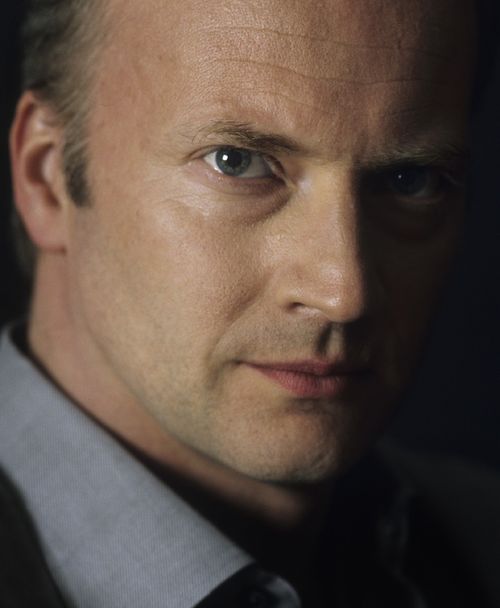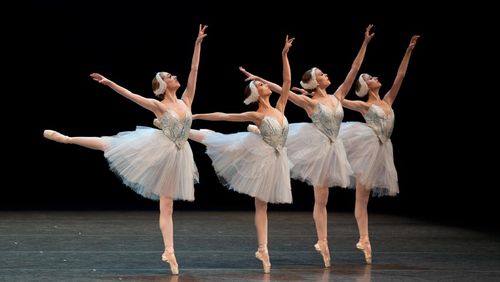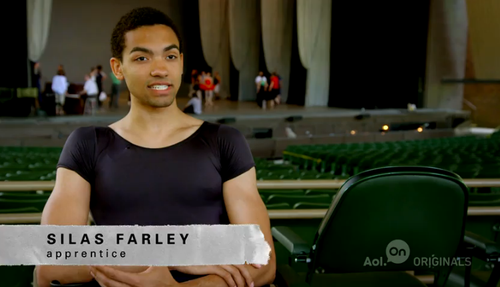CITY JOURNAL
July 6, 2014
Backstage Breakdown
by James Panero
The Met’s labor impasse penalizes opera lovers and supporters.
Labor troubles in the performing arts have often reached operatic proportions. In 1904, President Theodore Roosevelt stepped into the middle of a dispute over foreign musicians at New York’s Metropolitan Opera, and he wasn’t the last head of state to intervene in a backstage conflagration. The loss of a performance season due to a strike or lockout is rightly regarded as damaging and even deadly to an arts house, posing a threat to the culture of art itself.
Considering the intensity of the discord surrounding ongoing negotiations at the Met, it would take more than a president to solve this year’s crisis at the 131-year-old opera house (its other crisis, if you consider the eruptionover its decision to stage The Death of Klinghoffer). With contracts for 15 of the Met’s 16 different unions set to expire on July 31, the rancorous talks now underway between management and labor could result in a lockout of part, if not all, of the upcoming season.
Who is at fault? On one side is Peter Gelb, the Met’s general manager. In an era of escalating expenses and dwindling ticket sales, Gelb says he is justified in seeking 16 percent cuts in pay and benefits from labor in an attempt to rebalance the books. But Gelb has spent lavishly: during his tenure, which began in 2006, the Met’s annual operating budget has increased from $222 million to $327 million. Gelb has paid for some of this increase through drawdowns on the Met’s endowment, which now contains less than a year’s worth of reserve funding.
Alan S. Gordon, the executive director of the American Guild of Musical Artists and the representative for the Met’s unionized chorus singers, has been Gelb’s most vocal opponent, accusing the Met manager of waging “nothing short of economic warfare.” Gelb, he wrote in one of many publicly circulated emails, “has, in essence, declared war on [the Met’s] performing artists, instrumentalists, stagehands and on the unions representing them and on all of the Met’s other represented employees, in an effort to deflect focus from the waste, excess, extravagance and out-of-control spending that has been the hallmark of Gelb’s administration.”
While each side in the imbroglio lambasts the other as unrealistic, both the Met’s management and its unions are out of touch with today’s realities. On June 16, the Met released its latest tax filings. Gelb earned $1.8 million in pay and benefits in 2012. Granted, Gelb has since taken a modest pay cut, and his 2012 salary represented some one-time payouts. Yet a salary in excess of $1 million a year underscores the unreality of Gelb’s leadership. And Gordon claims that Gelb plans to keep his full-time Met chauffeur.
Even Gelb’s purported success, the much-touted “Live in HD” broadcasts beamed to a couple thousand movie theaters, has not covered the budget shortfall. Meanwhile the HD initiative has further eroded the primacy of the Met’s live audience and eaten into its main donor base, with everyone from singers to seamstresses now forced to play to the cameras rather than the live ticketgoers. Gelb earned his reputation through music television, arranging the broadcasts of Vladimir Horowitz’s 1986 return concerts in the USSR. Yet at a time when even our phones can record in HD, his vision of lavish live broadcasts has quickly dated. For greater accessibility, today the Met could simply post a handful of full-length recordings free to YouTube every year, with opera by iPad serving as an invitation to rather than a replacement for the live event.
But similar profligacy reigns on the union side. The Met’s tax filings reveal that three of the house’s five top-paid employees are members of Local 1 of the International Alliance of Theatrical Stage Employees—stagehands whocommand pay and benefits in excess of $450,000 a year. Even Gordon’s beloved choristers, the 80 or so full-time employees who perform many nights behind the headline stars, take home an estimated $300,000 in annual pay and benefits. These are hardly proletarian sums, and the numbers are hard to justify to a millennial generation still suffering the job-market fallout of the financial crisis.
To move forward, both sides need to stop comparing their pay packages and begin proving their worth to a new opera public. Met management should pursue greater transparency in its nonprofit filings; the public deserves to see a line-by-line itemization of expenses for each new production and each star singer, as well as an explanation of where the money will come from to pay for it all. At the same time, the unions should explain why their meters click for everything from rehearsal time to costume changes, and open the door for workers of similar talents willing to do some jobs for less.
In the last few years, major arts organizations such as the New York City Opera have gone bankrupt; others, like the San Diego Opera, have verged on the brink of insolvency, and labor walkouts have silenced performances from Minnesota to Carnegie Hall. In most of these cases, management and labor have both been part of the problem. The losers are opera lovers and a future generation of supporters, increasingly treated with contempt. Joseph Volpe, Gelb’s predecessor and a seasoned negotiator whom management has kept out of current talks, pointed this out years ago, during an earlier round of strife at the opera house. “The most serious side effect” of a breakdown backstage is the crucial financial support of rank-and-file donors, Volpe wrote in his 2006 memoir, The Toughest Show on Earth: My Rise and Reign at the Metropolitan Opera. “[They were] turned off by all the bloodletting,” he added. “Opera is habit forming, but once the habit is broken, it’s easily kicked.”


